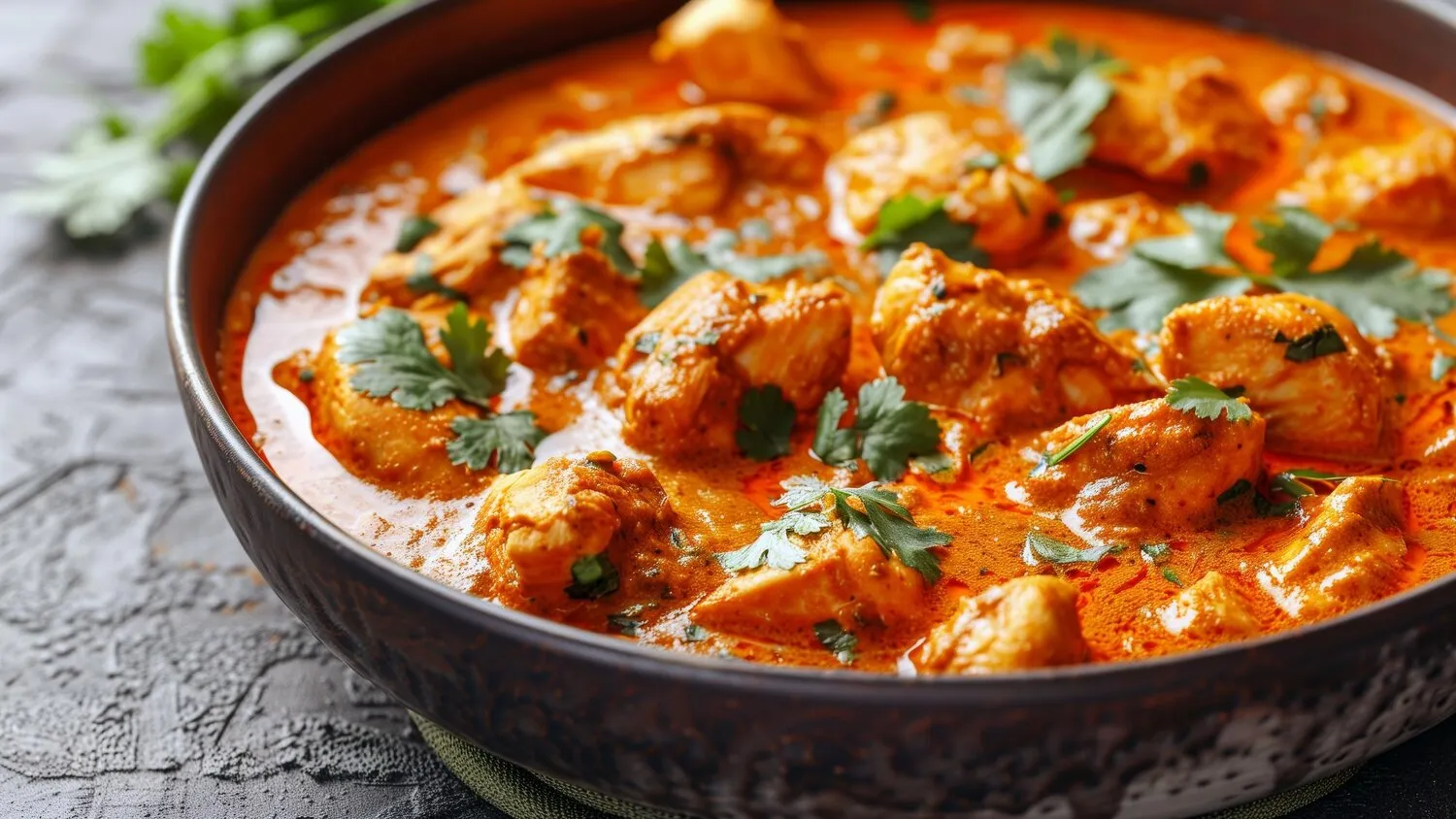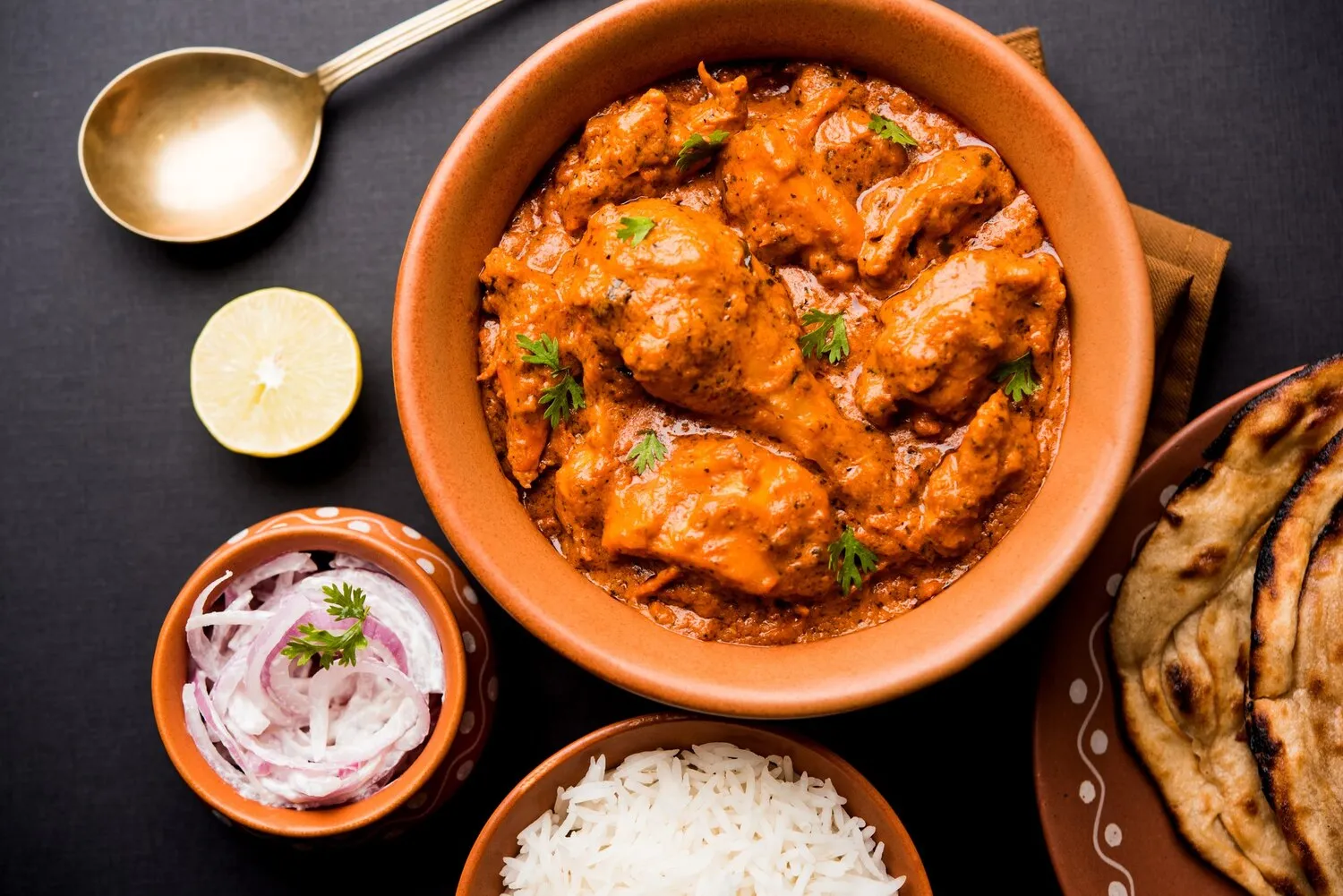
Samosas
Fried or baked pastry with a savory filling, such as spiced potatoes, onions, peas, lentils, and/or ground meat.
Nutrition Facts
* The % Daily Value (DV) tells you how much a nutrient in a serving of food contributes to a daily diet. 2,000 calories a day is used for general nutrition advice.
Lakeside Meat Masala - Chestermere
Samosas are believed to have originated in the Middle East before the 10th century. They were introduced to the Indian subcontinent by traders during the Delhi Sultanate period. The name 'samosa' is derived from the Persian word 'sanbosag'. Over time, the recipe adapted to local ingredients and preferences, resulting in the diverse regional variations we see today.
Samosas hold a significant place in Indian culture, enjoyed as a popular snack, street food, and appetizer, particularly during festive occasions and social gatherings.
Celebratory Snack
Samosas are commonly served during celebrations like Diwali, Eid, and weddings, symbolizing hospitality and sharing joy with family and friends.
Street Food Staple
Across India, samosas are a ubiquitous street food, sold by vendors from carts and stalls, providing a quick and affordable snack for people on the go.
Tea Time Treat
Samosas are often enjoyed with a cup of chai (Indian tea) as an afternoon snack, a comforting and satisfying combination.
Regional Variations
Different regions of India have their own unique variations of samosas, with varying fillings, spices, and pastry styles, reflecting the local culinary traditions.
Samosas offer a delightful blend of savory and spiced flavors, often with a hint of tanginess or sweetness, depending on the filling and chutneys served alongside.
The core flavor profile is built upon spiced potatoes, typically seasoned with turmeric, cumin, coriander, ginger, and chili powder. Onions add a pungent sweetness, while peas contribute a subtle sweetness and textural contrast. Lentils offer an earthy, protein-rich element. If meat is included, it's usually ground lamb or chicken, seasoned similarly to the potatoes, adding richness and depth. The pastry is typically fried to a golden brown, providing a crispy, savory shell that complements the soft, flavorful filling. Chutneys, such as mint-coriander (pudina), tamarind (imli), or yogurt-based raita, add contrasting cooling and tangy elements, balancing the spices and richness.
Perfect Pastry
For a flaky and crispy pastry, use cold butter or ghee and don't overwork the dough. Resting the dough for at least 30 minutes before rolling helps relax the gluten.
Balanced Filling
Ensure the filling is not too moist, as this can make the pastry soggy. Cook the potatoes and other vegetables until just tender, and season generously with spices.
Folding Technique
Mastering the triangular samosa folding technique is crucial for preventing the filling from leaking out during frying. Ensure the seams are tightly sealed with a little water or a flour-water paste.
Frying Temperature
Maintain a medium-low frying temperature to cook the samosas evenly and ensure the pastry is golden brown and crispy throughout. Avoid overcrowding the pan.
Explore additional Indian dishes and restaurants
Explore IndianDiscover top dining spots and culinary experiences in Chestermere.
Explore ChestermereLearn more about the food culture, restaurant scene, and culinary heritage of Canada.
Explore Canada
